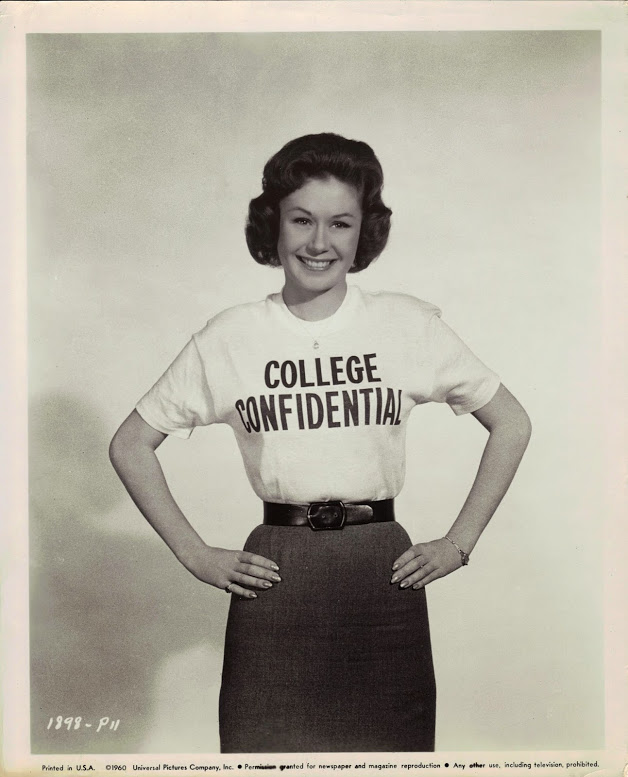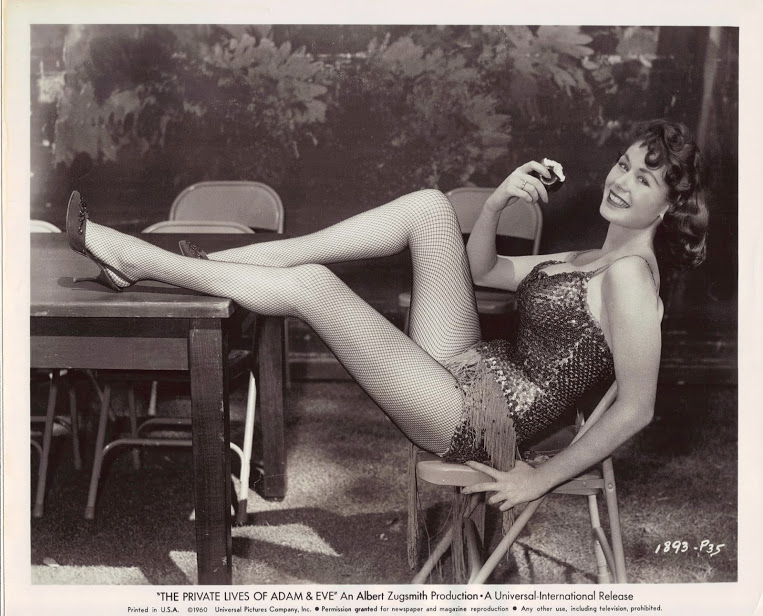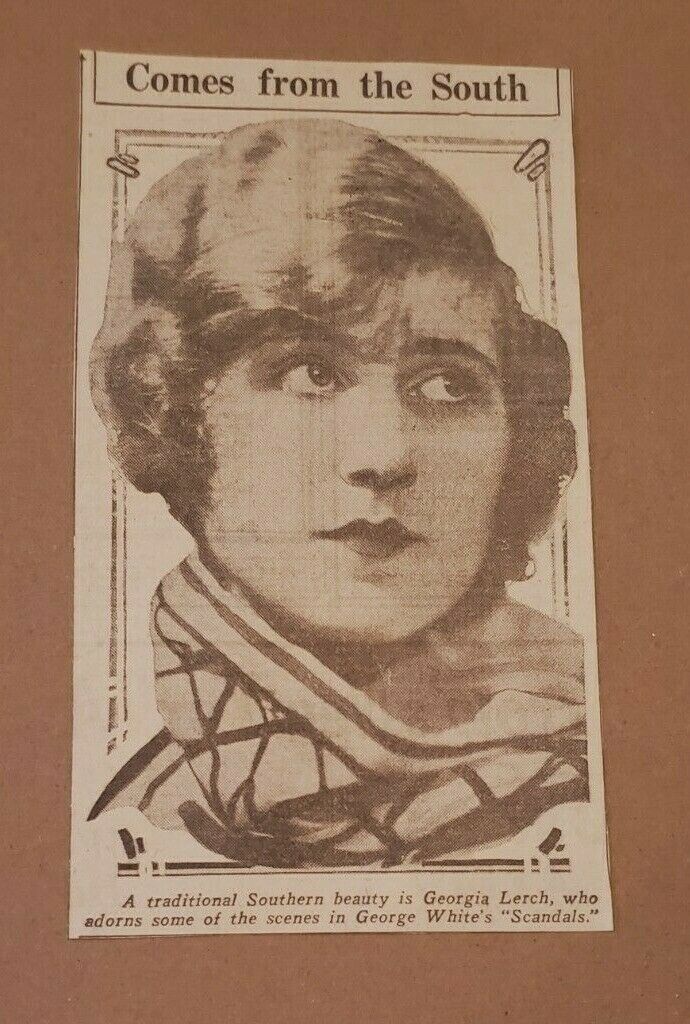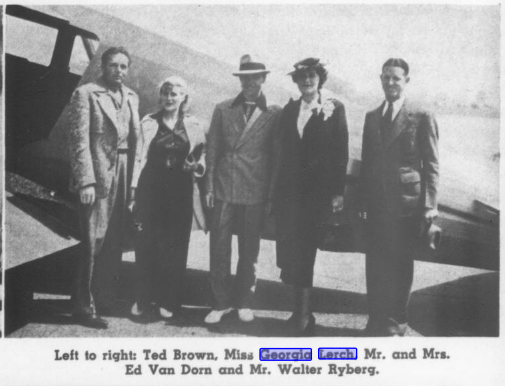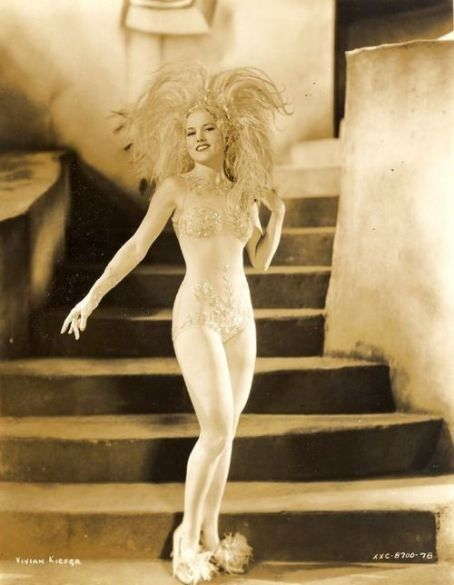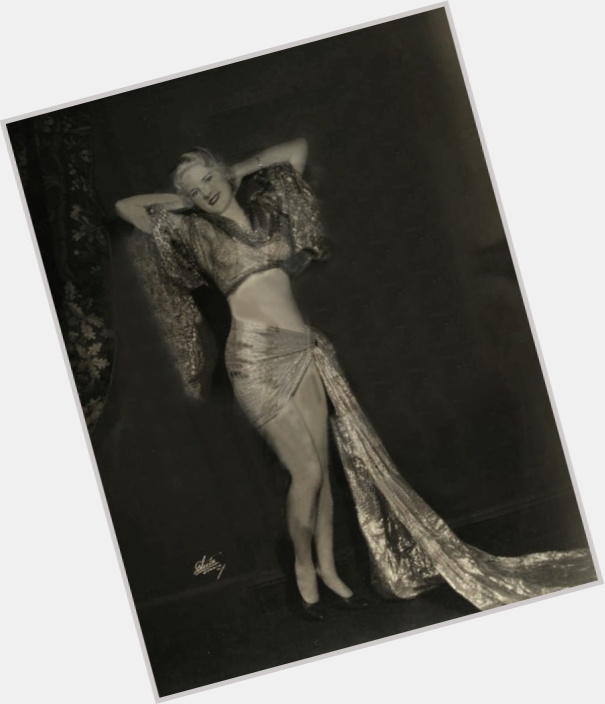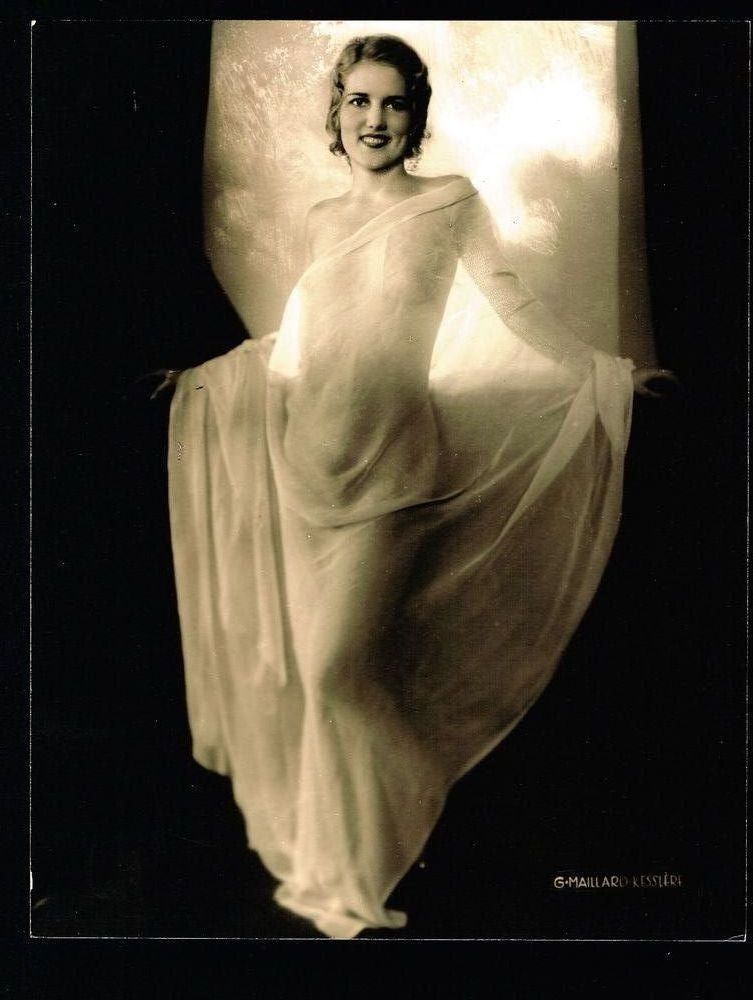Pretty and perky Penny Gill was a chorine who laded in Hollywood, and tried her hand at a variety of things, from dancing in movies, to radio work, and ultimately vaudeville. It was in vaudeville that she met her future husband, married him, and left her movie carer behind to follow him performing around the country. Let’s learn more about her!
EARLY LIFE
Penny Gill was born Margaret Jeanette Gellatly, on February 16, 1918, in New Haven, Connecticut, of Scottish descent. The family moved to New York City in the 1920s, and ultimately settled in Brooklyn. Penny was brought up in the Sheepshead Bay section and attended P. S. 206 elementary school and James Madison High School. She started to do dance work while a schoolgirl, and after graduation did chorus work with Earl Carroll’s “Sketch Book” and “Anything Goes”, both in 1935. Her Brooklyn residence was at 365 Ocean Ave.
Since movie scout often attend Broadway shows to catch a whiff of any new talent, it was just a matter of time before somebody notices a perky, pretty girl like Penny. A scout noticed her, and whisked her off to Tinsel town in late 1935. She was signed to a contract, and her career in movies started!
CAREER
žPenny, per the IMDB, appeared in only three movies. The first movie was College Holiday, a pleasant enough romp with an impressive cast – Jack Benny, George Burns and Gracie Allen, Mary Boland and Martha Raye among others. All in all, this is another one of the endless college campus movies of the early 1930s. Nothing to yell about, but not the worst either. The theme is actually pretty shocking (eugenics expriment) and this peculiarity is interesting if nothing than for seeing the Bing Crosby wannabe, Lanny Ross, who had a brief career and never managed to live up to his potential.
Penny’s second movie was Zaza, a little known George Cukor movie. While not his best by a long shot, it’s not his worst either – despite the story being a typical Camille rip off (married aristocrat loving a dance hall girl) he has very capable leads (Claudette Colbert and George Marshall) and even better supporting cast (Constance Collier, Bert Lahr, Helen Westley).
The third movie was Song of the Islands, a colorful Betty Grable musical set on a island paradise. If you like them with paper thin but cute stories, plenty of singing and dancing, and a fake exotic locale, then you have some tot he right place! Her leading man this time is the beefy Victor Mature, who was no great actor but had a certain masculine charm that was hard to resist. As always in old Hollywood. there is a roster of fabulous supporting actors – Jackie Oakie, Thomas Mitchell, Harry Barbier, Lillian Porter and so on.
A newspaper article mentions two more movies that Penny allegedly appeared in (which IMDB does not list), but since IMDB is often only partially correct, this could be very much true. The movies are Follow your heart and Champagne Waltz. Both are musical showcases for relatively obscure opera singers (at least today, they were obviously big stars back then) – Marion Talley and Gladys Swartouth, and both movies are hardly remembered today. But still, it’s always nice to watch these ladies, as very good singers, sing in movies – pure delight for the ears! The stories, as typical, are thin and non-interesting, but the supporting cast is always grand and there is a little bit of that old Hollywood magic!
Another potential movie for Penny is Waikiki wedding, a Bing Crosby/Martha Raye/Bob Burns musical. As you can see by Martha and Bob’s name up int the lights, it’s a musical comedy more than a romance, and with a pretty solid story about a PR man who’s trying to get people to go to his company’s resort on an exotic island, and hatches a scheme to make an award game and send the winner tot he island. The winner is the alluring Shirley Ross, she is not amused by the stunt, and all the fun begins! This one is a pretty solid efford and has plenty of belly laughs. And Martha and Bob are a hoot as always.
That was it from Penny!
PRIVATE LIFE
Except her work as a chorus girl in movies, Penny also worked as a radio actress – she was Jack Oakie’s dumb secretary “Miss Penny” on his radio broadcasts. Penny was also branded as a local expert for exotic dances, and got some minor publicity for this. Here is an article about her provess:
If a hula heaven is anything like Penny Gill makes it seem, this cribbler. ‘ for one, is “ready to thumb his way to the beach at Waikikl ” Miss Gill, be it known is an interpreter of dance moods specializing in Hawaiian moods. Dressed appropriately, just a mite on the scanty side in shredded cellophane, she is a revelation in sultry pulchritude. “Really, it”s quite remarkable the way boys and girls make love m Hawaii,” she confided backstage at the Towers Theatre, where her lush beauty and undulating movements. are on view this ween. ‘They show interest in one an other by dancing instead of courting. They speak in descriptive rhythmic movements of their hands and heads and bodies. wont you think that’s much more effective than dull conversation?’ “You mean the Hawaiian girls don’t have much to say. . . . They sort of let their torsoes speak for them?” “Yes. and they’re beautiful, too . . .” “Er . . ., ah . . .. you mean the movement or the girls r asked this interviewer hesitantly, in an effort to conceal a lively curiosity. “Both, she beamed. “What s the fare to … I mean how do they converse romantically without talking. After all “Well, this descriptive movement would say: You with me, let s be sweethearts,’ ” Miss Gill explained, extending her right arm and point ing her index finger in this direction, bending her left arm and indicating her heart with the other index linger, and placing her left leg beg, pardon, limb, forward. “You mean, you and me . . “Oh, I’m speaking figuratively,” Miss Gill laughed, “You said it!” murmured this blushing interviewer. And then I raise my arms over my head and form a triangle with my hands to represent a church,” the vivacious dancer went on, illustrating just what she intended to convey. “And then I sway my nips to represent the rolling surf. Like this . . .” Miss Gill swayed with smooth, rippling dexterity. The dance, it developed, is known as “Hula Heaven” and Miss Gill learned it in Honolulu while vacationing from Hollywood. She was very much impressed with its significance as who wouldn’t be and danced the little descriptive number in Waikiki Wedding, a film in which she appeared with Bing Crosby.
Penny+s career took a back seat to her love life. She met, fell and love and married her first husband, Edward Yale Stanley in about 1938. Edward was born on February 5, 1902, in Woodbine, New Jersey, to Charles Stanley and Emma Stanley, the oldest of six children (his younger siblings were William, Ollie, Ruth, Violet and Leonard). He went into vaudeville while still a very young man, and was a veteran by the time he married Penny. He passed the US several times over, and acted in literary hundreds of shows. He only made one movie, Stanley&Ginger, in 1929, and was not really interested in being a movie star.
For instance, here is an example of the stuff Eddie did:
Eddie Stanley, an old favorite who needs no introduction to Vancouverites, and his company scored a hit with their hilarious comedy act, entitled “Fifth Column of Laughs.”
Right after they married, Eddie continued touring, and Penny could not keep both her contract and follow her husband around. She had to choose, and she chose her hubby, and her movie career was effectively over. But the fun for Penny and Eddie had just begun! As WW2 started in 1939, not long after they married, Eddie did war bond shows, to help the morale of the people, and was asked by the US government to help with the overseas efforts. Thus, Eddie toured England extensively from 1944 until 1947. Penny followed her husband and even performer with him often. They return to the US in about early 1948.
Eddie gave up live performing on the stage after the war, and switched his talents to TV and radio. For a time he had his own TV show, and then became a radio producer. After a very active life of constant touring around, he and Penny settled in Los Angeles for good. Their daughter Linda Mae Stanley was born on January 12, 1951, in Los Angeles, California. The Stanleys lived in California, with Eddie active in the showbiz world and Penny retired from movies.
Eddie Stanley died in 1972. Penny remarried twice, first to a Mr. Paul, then a Mr. Weiner, but both marriages were dissolved. She moved to Glendale at some point, and enjoyed her golden years there.
Penny Margaret Gill died on May 26, 1998, in Glendale, California.

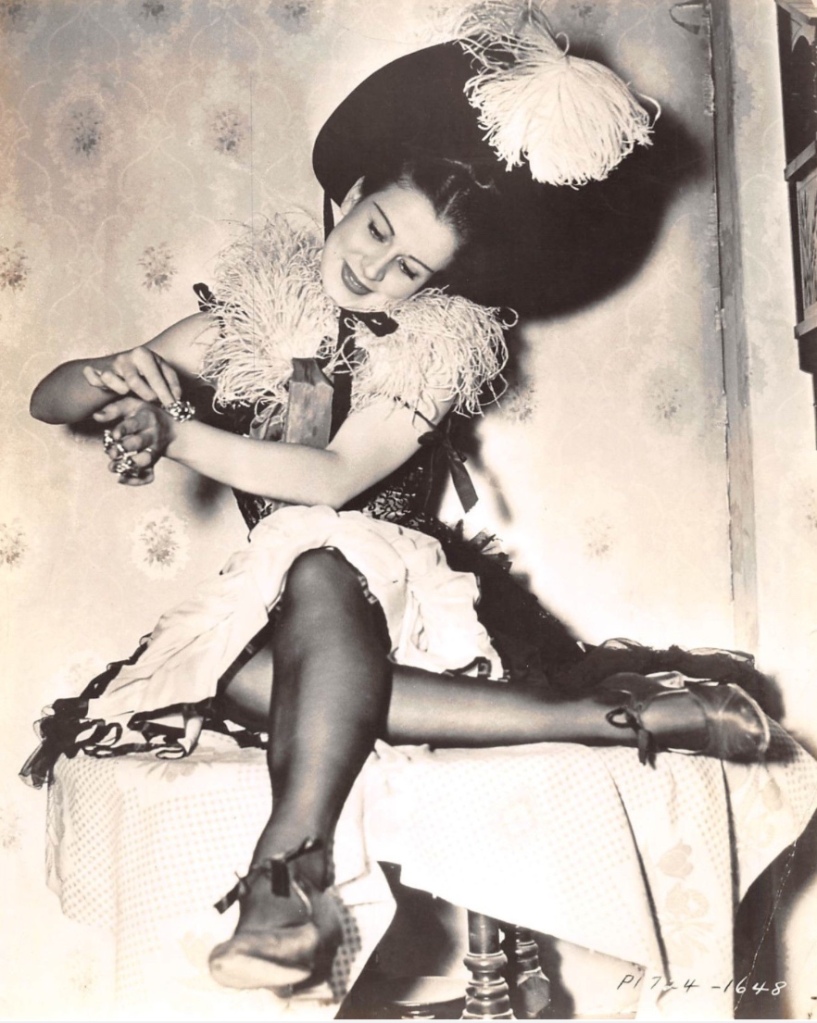
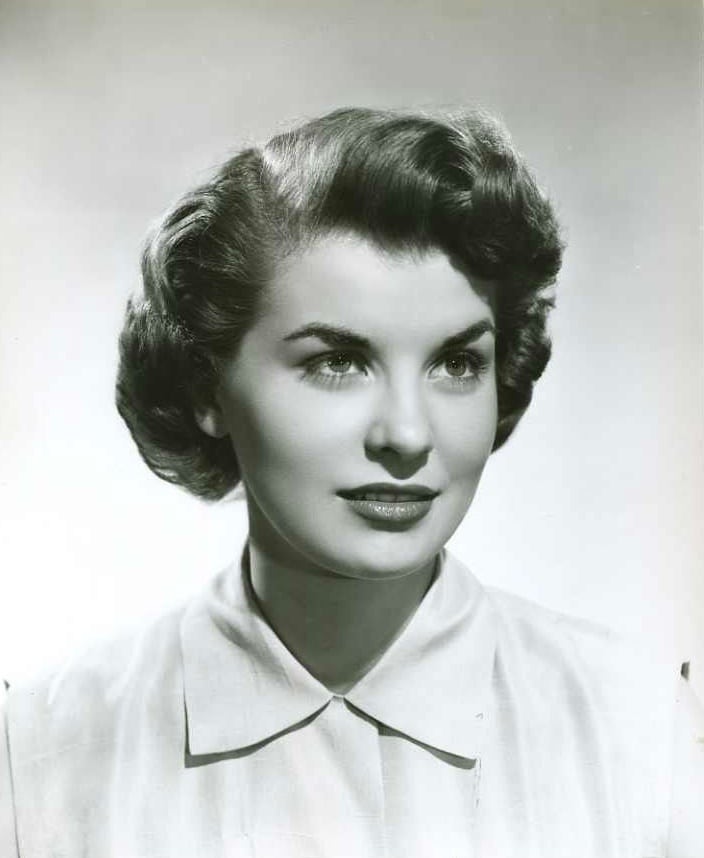




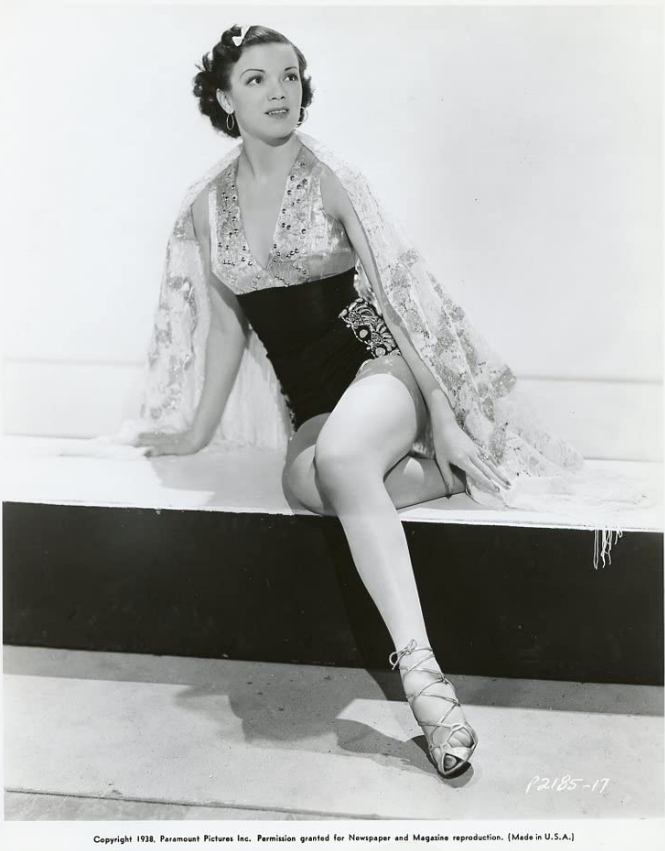

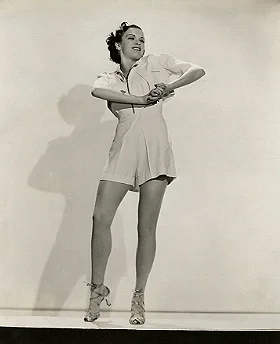
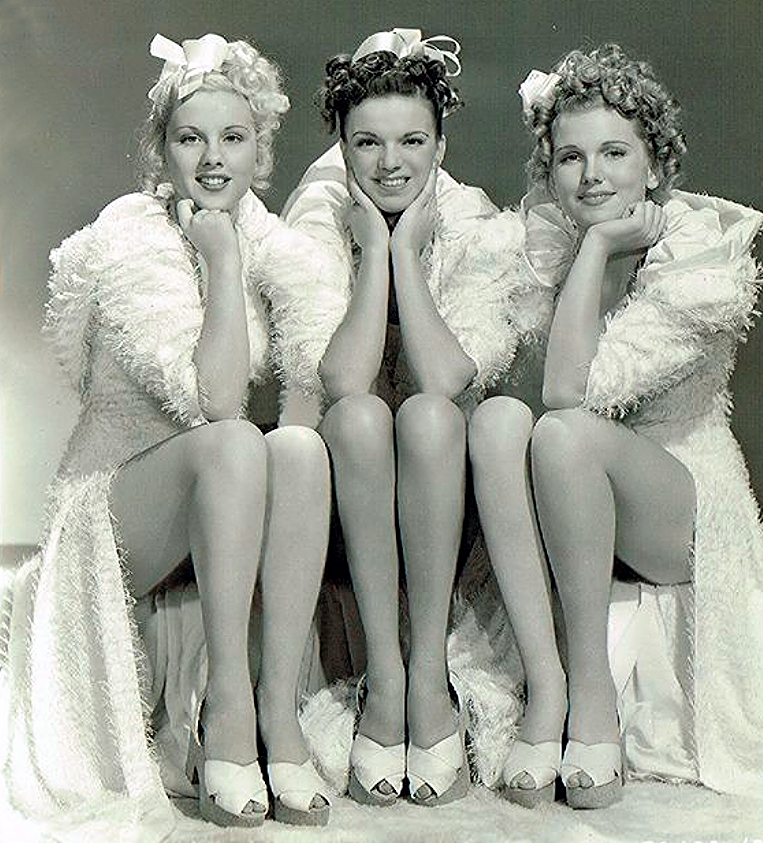


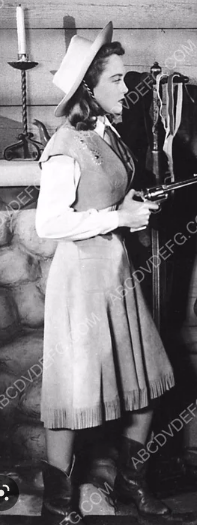

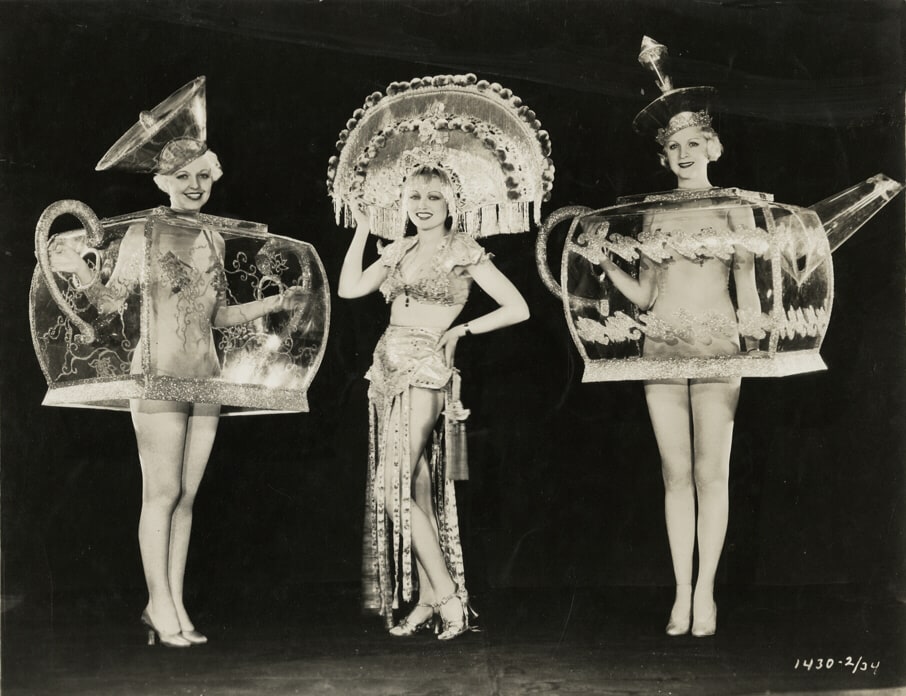
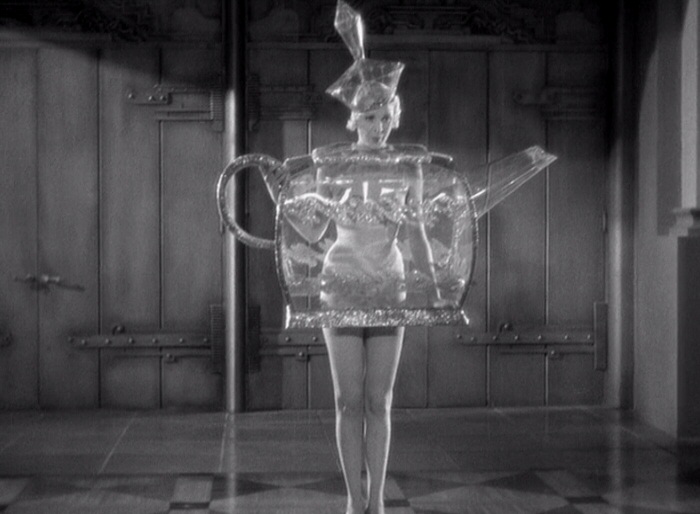

 Now to some less campy movies!
Now to some less campy movies! 